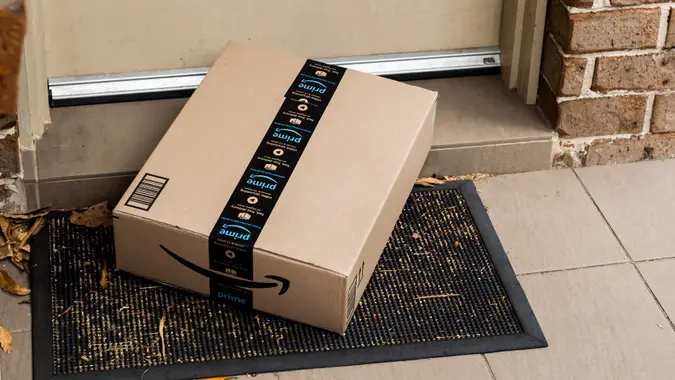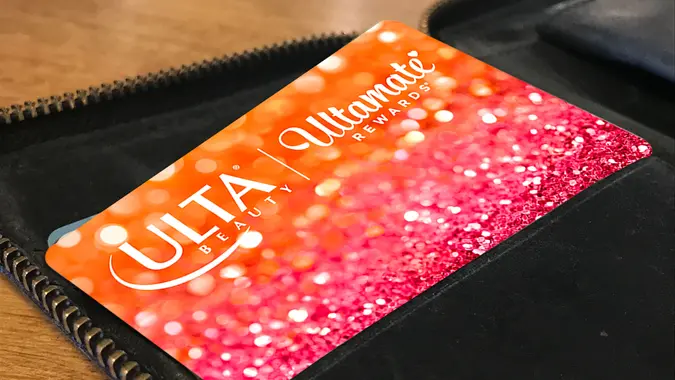The One Shopping Rule You Must Always Follow Before Big Purchases — Even If It’s Begrudgingly

Commitment to Our Readers
GOBankingRates' editorial team is committed to bringing you unbiased reviews and information. We use data-driven methodologies to evaluate financial products and services - our reviews and ratings are not influenced by advertisers. You can read more about our editorial guidelines and our products and services review methodology.

20 Years
Helping You Live Richer

Reviewed
by Experts

Trusted by
Millions of Readers
A majority of shoppers (89%) are guilty of impulse buying, according to Capital One Shopping, and 54% have spent $100 or more on an impulse purchase. The solution? The waiting rule.
Experts say this one step can save you from buyer’s remorse and the financial stress that often follows. Here’s a breakdown of the waiting rule, and how to put it to work in your life.
The Waiting Rule
Melanie Musson, finance expert at Quote.com, recommends waiting 24 hours for minor purchases to prevent making an impulse buy.
“Even if the cost seems insignificant, small impulse purchases add up to a lot each month,” she explained. “When you’re considering a big purchase, though, you should wait at least a month.”
According to Musson, waiting at least a month allows you to shop around and make sure you’re getting the best price. It also gives you the chance to work the purchase into your budget.
Erik Croak, certified financial planner, accredited wealth management advisor and president of Croak Capital, an Ohio-based fiduciary financial firm, breaks it down even further.
“I use a simple tiered wait: 24 to 72 hours for $100 to $999, seven days for $1,000 to $5,000 and thirty days for anything above that,” Croak wrote in an email. “Waiting cools the adrenaline, lets you price-check and forces you to see the tradeoff against other goals. A purchase that still looks good after two sleeps usually holds up in daylight.”
Croak recommends applying this rule to electronics, appliances, furniture, travel upgrades, home projects, vehicles and hobby gear. He added, “These have add-on costs, depreciation or lots of substitutes. It matters less for true necessities or safety items.”
Musson also noted that if you generally know what you want and you’ve saved money for it, then you’re ready.
“When you’re at that point, you can make a purchase in an instant,” she explained. “For example, if you want a car, you’ve saved money for a down payment, you know your budget and then you find the perfect fit for your needs.”
How To Put It to Work
Croak provided a few simple steps to put the waiting rule into practice.
“Write the total cost of ownership on paper, not just the sticker. Compare three prices and look for a used or refurbished option. Use a ‘three-use’ test, if you cannot name three real uses in the next month, pass. Park the item in a wishlist and set a calendar reminder for your wait period,” Croak wrote. “If it still fits your budget and plan when the reminder pops up, buy it with confidence.”
 Written by
Written by  Edited by
Edited by 

























